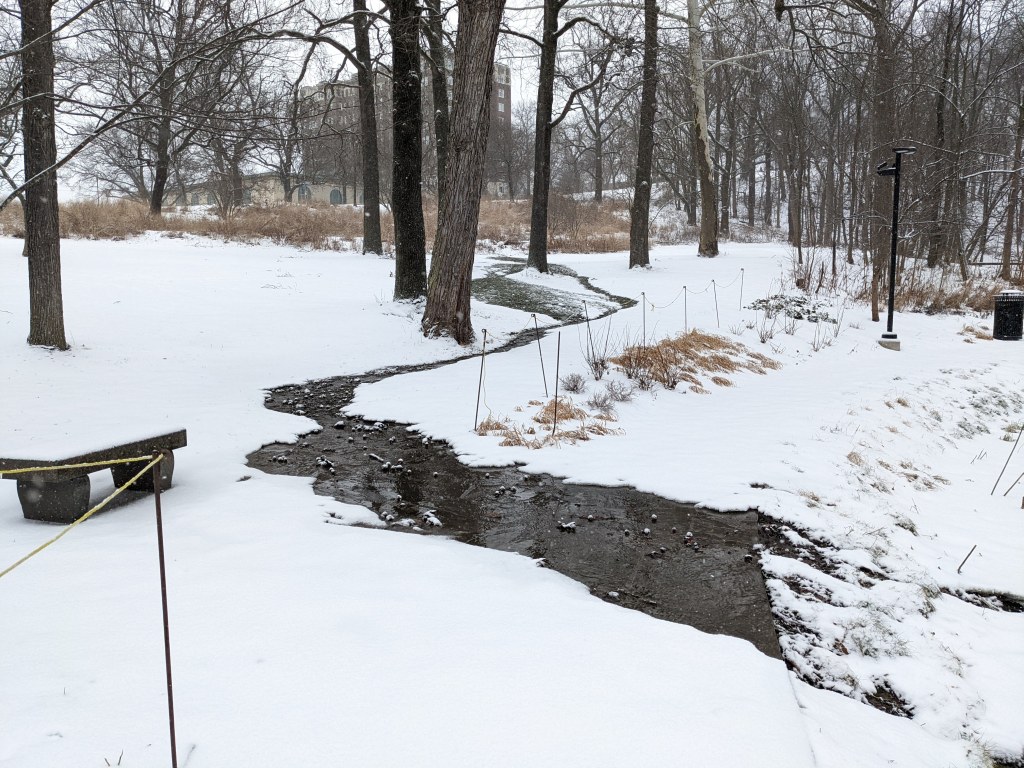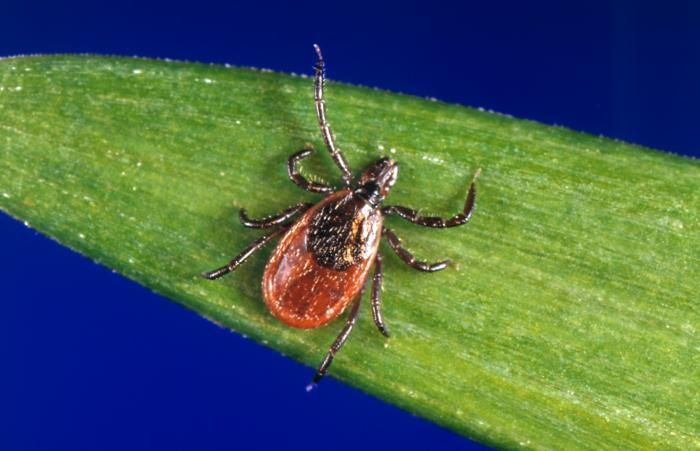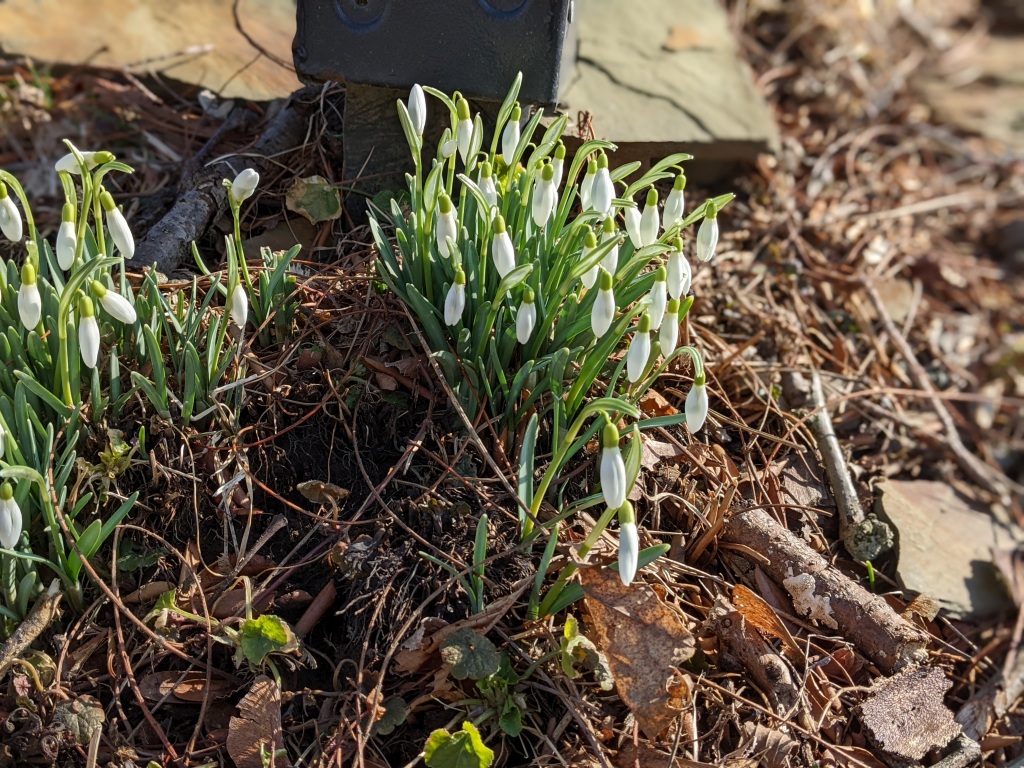
8 March 2022
Pennsylvania has the highest rate of Lyme disease in the U.S. (CDC, 2019) so in early March the approach of tick season is always in the back of my mind. This winter we had some spates of bitter cold and some long runs of snow cover. Did winter suppress the ticks?

In the fall black-legged ticks (Ixodes scapularis) burrow under leaf litter and hope for the best. Bitter cold doesn’t kill them if they can hide from it.
This month I learned from Keystone Trails Association that: “All the snow keeping our grounds covered throughout the cold winter months has only helped the tick population. Snow coverage acts as a giant quilt or insulator to keep the ticks warm under the leaf litter.”
Snow helps ticks survive the winter and we had a lot of it this year.
This month the ground is warming and black-legged ticks are getting active. All they need is unfrozen ground and an air temperature of 37°F to start moving out of the leaf litter. This spells danger for hikers, birders and especially for gardeners who handle all that leaf litter.
Before you go outdoors, take time to protect yourself as described in this vintage blog: Today is Spray Your Clothes Day. Did you find a tick on your body? Get it tested for Lyme disease at PA Tick Research Lab (https://www.ticklab.org/)
Spring is coming but so are the ticks. Be prepared.

(photos by Kate St. John and black-legged tick from Wikimedia Commons)
As a good rule of thumb you should never consider yourself save from tick bite unless the temperature is below 32 degrees and there is snow on the ground. Stay safe out there!